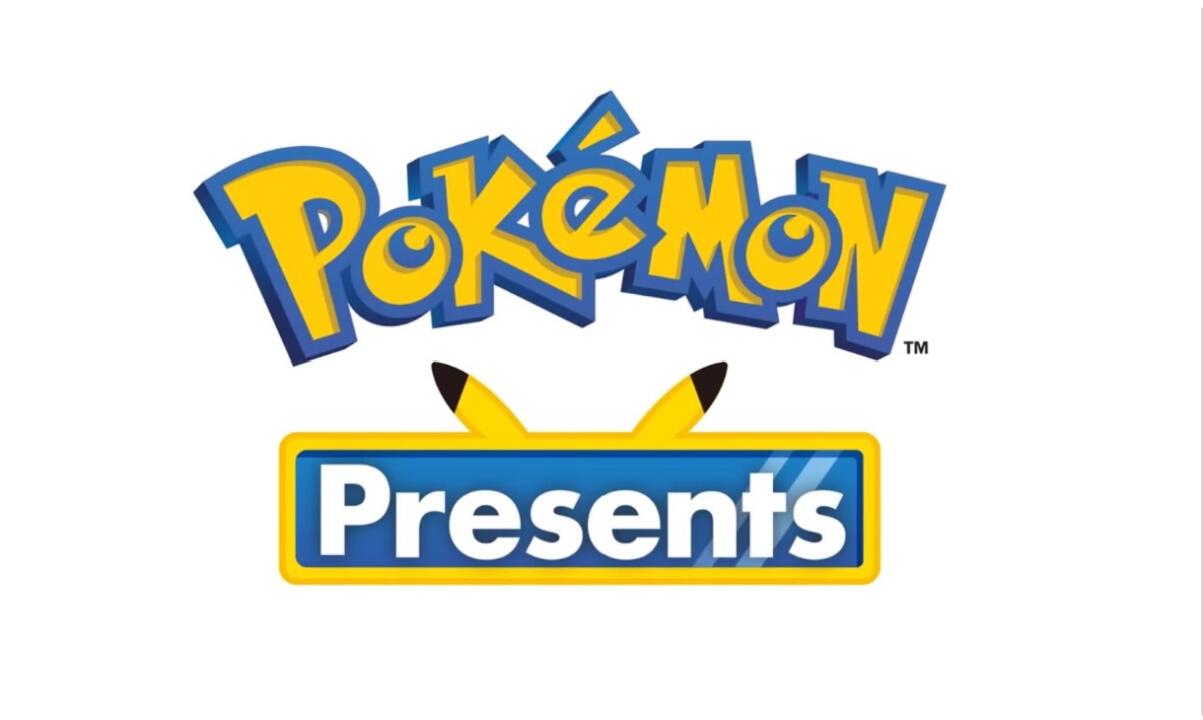NBC New York posted a video in February of a heated exchange between a transgender rights activist and two women. The women were accused of posting stickers around the city that read “Trans women are men” (in addition to other obscenities), and the activist, having seen them in the act, confronted them on the matter, telling them that “being transphobic kills people.” One woman responded, calling him a misogynist, and the activist asserted that, “it’s not misogynist, you’re transphobic.”
At this point, both groups walk away, and the exchange comes to a close. What is peculiar about this interaction is that at no point in the conversation does it ever become clear that either party had interpreted or fully understood the allegations made by the other party. Both arguments are so heavily reliant on the agreed-upon definitions of the words “transphobic” and “misogynist” that if any variation were to exist between those shared definitions, there would be no understanding between the speakers.
For words like “transphobic” and “misogynist” (as well as other words that fall into the bigotry-hyponym category), this can be an issue. Both words, at their core, are placeholders for a broader argument against unequal treatment on the basis of identity.
The argument, which in this case is the assertion that unequal treatment has taken place, is packed inside the word. If the listener is not familiar with the connection between the word and the argument, or if they are perhaps not aware of why that connection is valid, the word ultimately loses its meaning.
In fact, if a listener is unfamiliar with a word like “transphobic” or “misogynistic”, not only will they miss the arguments that are presented through the use of those words, but they will have ultimately been excluded from a conversation surrounding those arguments entirely.
Exclusion in speech and writing is relatively normal. Language, by nature, is exclusive to those who can understand it and in truth, authors exclude people all the time. Just this week, Joe Biden, in his declaration to withdraw US military presence in Afghanistan, stated that the threat of terrorism was becoming “more dispersed, metastasizing around the globe,” information which was, in that moment, exclusive to those who knew what the word “metastasizing” meant.
Exclusion like this does not always have to be problematic. Biden can probably count on his adult audience possessing the knowledge or the experience necessary to understand his words one way or another, and exclusivity can oftentimes be necessary to more comprehensively address groups for whom the information being presented is most pertinent.
Problems, however, do tend to emerge when an author relies on their audience having that knowledge or experience, and when, in reality, they do not. NBC New York’s story is a prime example of the disconnect that can occur when that gap between speaker and listener is not made apparent. When the women who posted the anti-trans stickers were confronted with accusations of bigotry, they may have, in all likelihood, lacked the knowledge or the experience necessary to understand how their actions may have equated to bigotry.
While it may be difficult for a trans activist to imagine how such targeted and deliberately provocative antipathy could be understood as anything other than bigotry, it may be illuminating to remember that, as a comparable example, even members of the Ku Klux Klan see themselves as something other than white supremacists.
It is important to note, however, that it is not the responsibility of marginalized groups to educate others on their identities, especially not during potentially dangerous situations. Instead, authors, whether speaking or writing, need to consider a responsibility to meet their audiences where they are.
This tape by NBC may serve as a lesson in inclusivity, and a reminder that adverse experiences, through the valuable insights and understandings that often come with them, can be privileges in and of themselves.
In more direct terms, using a word like “bigot” to provide feedback to a bigot, who may not understand what a bigot is, may not be the most accessible, accommodating or inclusive choice to make.

